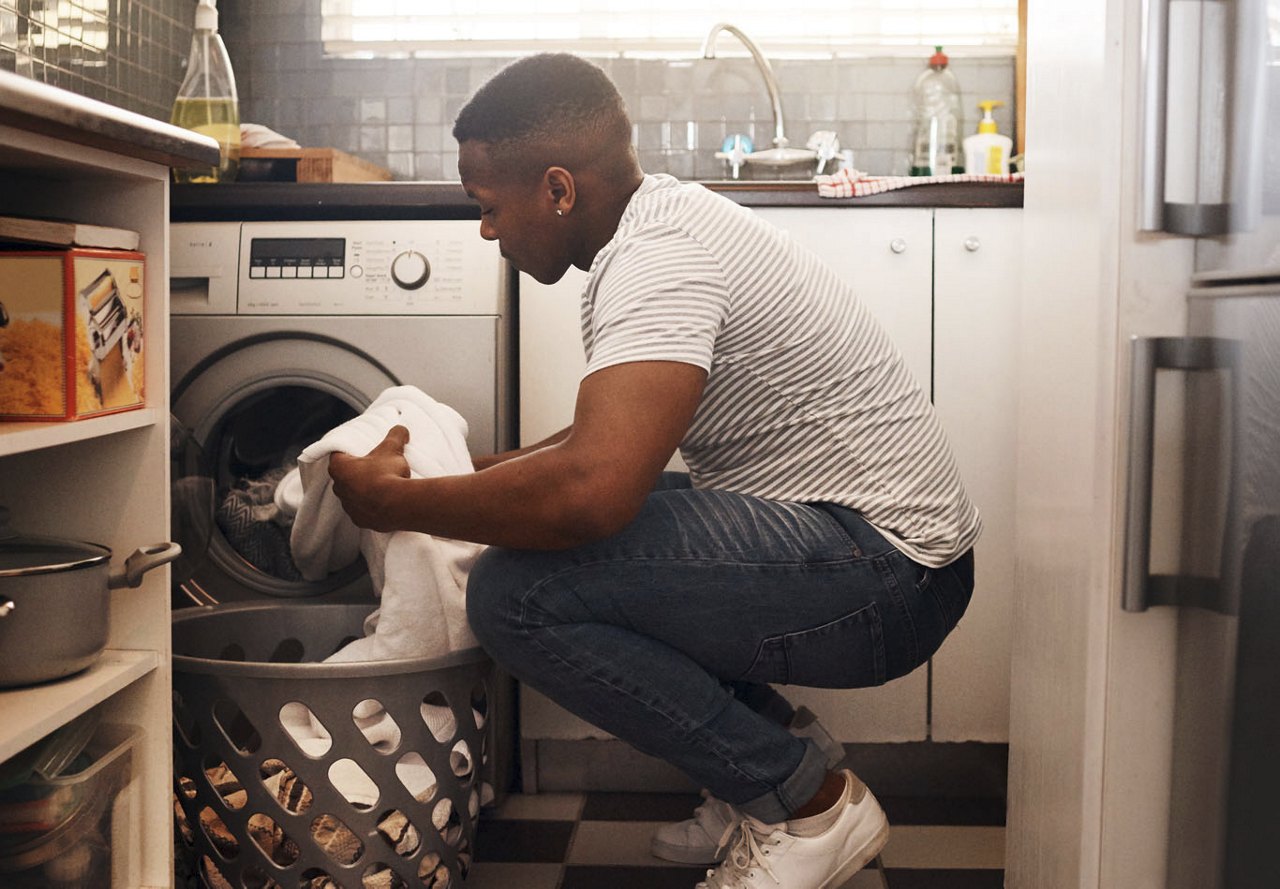How to Create a Roommate Chore Chart That Works
Sharing an apartment with roommates brings incredible benefits, from splitting living costs to having built-in companionship after a long workday. While sharing expenses and enjoying movie nights together can be great, successfully managing household responsibilities requires thoughtful planning and clear communication. One of the earliest conversations roommates should have begins with establishing a fair cleaning schedule that works for everyone.
Instead of avoiding the inevitable "cleaning conversation," gather your roommates and create a structured plan that keeps your shared space spotless and relationships strong. Here's your complete guide to creating an effective roommate cleaning schedule that actually sticks.
Setting Clear Expectations for Roommate Chores
Before diving into specific tasks, get your roommates together for an open discussion about these essential questions:
- What defines a "clean" apartment for each person?
- Are there specific cleaning requirements for our floors, furniture, or appliances?
- Do we need special cleaning routines for pets?
- Who is responsible for cleaning outdoor spaces like balconies or patios?
Being upfront about your cleanliness standards and lifestyle preferences helps prevent future conflicts. Share your expectations early, whether it's maintaining a tidy living room or having everyone handle their own dishes. Remember, successful cleaning schedules thrive on compromise and clear communication.
Define what "clean" means for each area. For instance, one roommate might consider a quick counter wipe sufficient for bathroom cleaning, while another expects detailed sanitization of all surfaces. Get specific about task requirements before dividing responsibilities.
Dividing Household Responsibilities
With expectations established, focus on distributing tasks fairly. Consider each roommate's schedule, preferences, and natural strengths when assigning responsibilities. For example, if your roommate has a cat, it makes sense for them to manage pet-related cleaning. If you enjoy floor care, take charge of sweeping and mopping duties.Implementing Your Cleaning Schedule
Success often comes from finding the right tracking method. Here are effective options for managing your roommate cleaning schedule:Digital Tracking Spreadsheet
Create an online or printed Excel document where everyone checks off completed tasks. This system allows for easy task tracking and maintains a clear record of responsibilities. Roommates can sign off on completed tasks, fostering accountability.
Random Task Assignment
Rotating Responsibility Wheel
Design a creative pinwheel chart dividing cleaning duties into sections. Spin the wheel weekly to assign new tasks, keeping the routine fresh and engaging. This system prevents monotony while ensuring equal participation.
Magnetic Task Board
Create an interactive system using magnets and a custom chore board. Print individual tasks, attach them to magnets, and design personal sections with "to-do" and "done" columns. Roommates move tasks between columns as they complete them, providing visual progress tracking.
Group Cleaning Sessions
For busy households, schedule regular cleaning days where everyone tackles the apartment together. Turn on your favorite music, divide tasks efficiently, and transform cleaning into a bonding activity. Rotate specific duties for each session to maintain fairness.
Choosing Health-Conscious Cleaning Solutions
Allergy-Friendly Cleaning Options
- Choose fragrance-free products for your roommates who might be sensitive to some ingredients
- Opt for hypoallergenic cleaning solutions
- Consider natural alternatives to harsh chemicals
- Use HEPA-filter vacuums for better air quality
- Select dye-free laundry detergents for shared washing machines
Pet-Safe Cleaning Practices
Protect your furry roommates with these considerations:
- Use pet-safe floor cleaners
- Avoid essential oils that are harmful to cats
- Store cleaning products securely
- Ventilate well during cleaning
- Rinse surfaces thoroughly
DIY Cleaning Solutions
Create your own safe cleaning products:All-Purpose Cleaner
- 2 cups water
- 1/2 cup white vinegar
- 1/4 cup castile soap
- 10 drops tea tree oil (optional, avoid if you have cats)
Remember, a clean apartment shouldn't come at the cost of anyone's health or environmental well-being. By choosing conscious cleaning products and methods, you're creating a safer living space for everyone, including pets and plants.
Maintaining Long-Term Success
Set clear deadlines for task completion—whether daily, weekly, or monthly. Remember that flexibility matters; life circumstances and schedules change. Maintain open communication channels where roommates feel comfortable requesting adjustments when needed.Show appreciation for your roommates' contributions to maintaining a clean home. Small gestures of gratitude strengthen relationships and motivate continued participation. Living with roommates can be incredibly rewarding when household responsibilities are managed effectively.
Expert Tips for Success
- Schedule monthly check-ins to assess system effectiveness
- Create a shared digital calendar for cleaning reminders
- Take photos of properly cleaned areas as reference guides
- Establish a cleaning supplies fund
- Consider seasonal deep cleaning sessions
Remember, a clean apartment creates a more enjoyable living environment for everyone. With these strategies, you'll develop a cleaning routine that keeps your shared space beautiful while maintaining positive roommate relationships.
Explore more apartment living resources to keep things running smoothly in your apartment:
- Tips on keeping your apartment fireproof
- Avoid putting these 8 things in your garbage disposal
- Maximize space in your studio apartment
Find Your Perfect Living Space with Greystar
Ready to put these roommate cleaning tips into practice? Whether you're searching for your first apartment with friends or planning your next move, Greystar offers modern living spaces perfect for roommate living. Our communities feature thoughtfully designed floor plans that make sharing spaces easy and enjoyable.
The information presented on or through this Website is made available solely for general information purposes. We do not warrant the accuracy, completeness, or usefulness of this information. Any reliance you place on such information is strictly at your own risk. We disclaim all liability and responsibility arising from any reliance placed on such materials by you or any other visitor to this Website, or by anyone who may be informed of any of its contents. Any reference to amenities, services, rules, policies, or procedures at a Greystar apartment community is general in nature, and each Greystar apartment community may have amenities, services, rules, policies, and procedures that differ from those referenced on this Website. Please consult with your Greystar apartment community for the exact amenities, services, rules, policies, or procedures applicable.
This Website may include content provided by third parties, including materials provided by other users, bloggers, and third-party licensors, syndicators, aggregators, and/or reporting services. All statements and/or opinions expressed in these materials, and all articles and responses to questions and other content, other than the content provided by Greystar, are solely the opinions and the responsibility of the person or entity providing those materials. These materials do not necessarily reflect the opinion of Greystar. We are not responsible, or liable to you or any third party, for the content or accuracy of any materials provided by any third parties.










